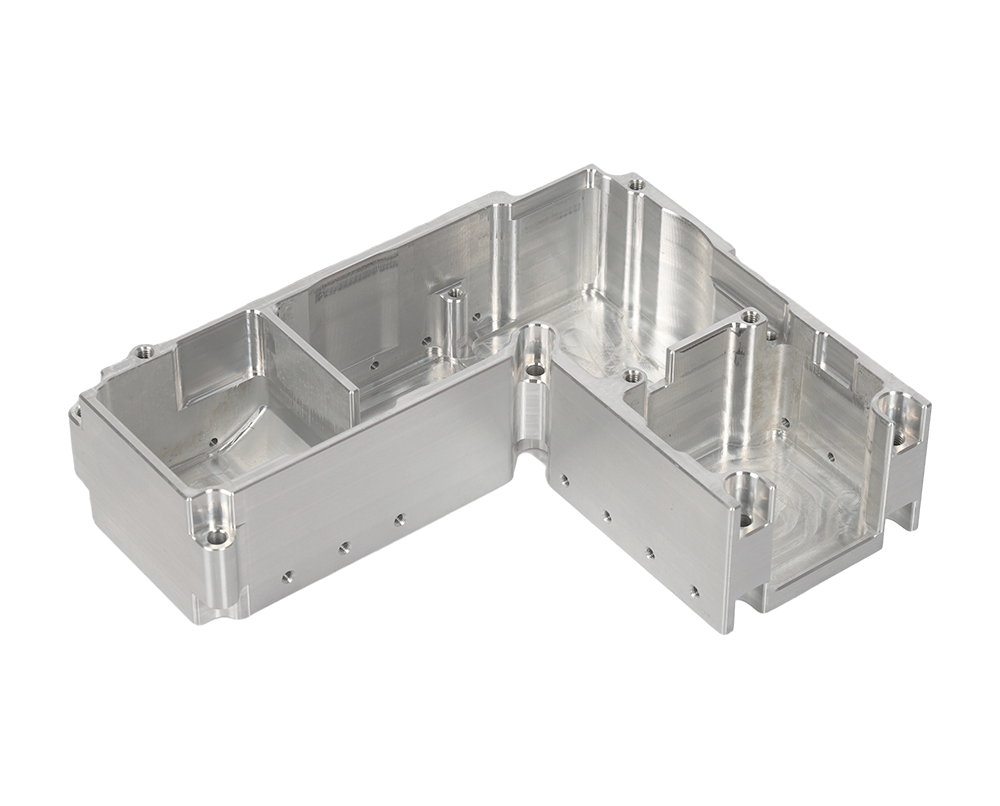2023-12-07 hits:0 source:News

1. Part size and complexity: Mold costs are usually proportional to the size and complexity of the parts. Larger and more complex parts typically require larger and more complex molds, resulting in higher costs.
2. Mold material: Molds are usually made of high-strength and wear-resistant materials to withstand the die-casting process under high temperature and pressure. The cost difference between different materials is significant, which directly affects the mold cost.
3. Production quantity: Production quantity also has an impact on mold costs. If you need to produce in large quantities, the durability and lifespan of the molds are even more important, which may require higher quality molds, resulting in a corresponding increase in costs.
4. Mold design: The design and engineering costs of the mold will also be included. Complex designs may require more engineer work time and resources.
5. Process and special requirements: Special process requirements, such as surface treatment, special cooling systems, or other customized requirements, will increase mold costs.
6. Mold lifespan and maintenance: The lifespan and maintenance of molds are also factors to consider. More durable molds typically require higher costs, but they can provide high-quality parts over a longer period of time.
7. Market factors: Market competition, geographical location, and pricing strategies of suppliers can also affect mold costs.
Read recommendations:
aluminium sign frame extrusions
lf you have any questions or comments, you can leave us a message and we will reply to you as soon as possible
